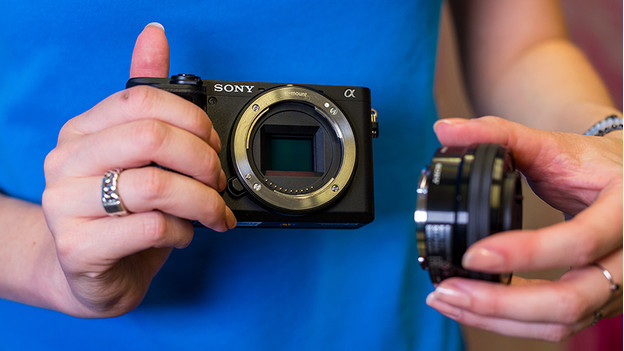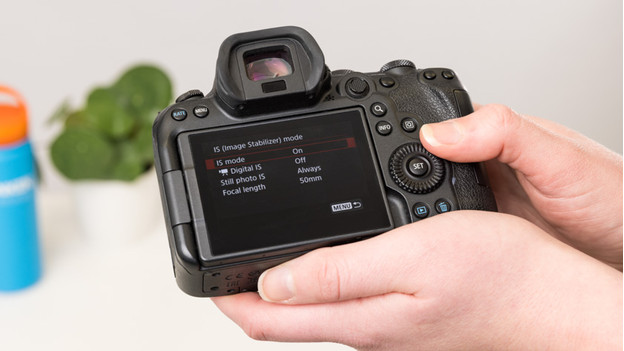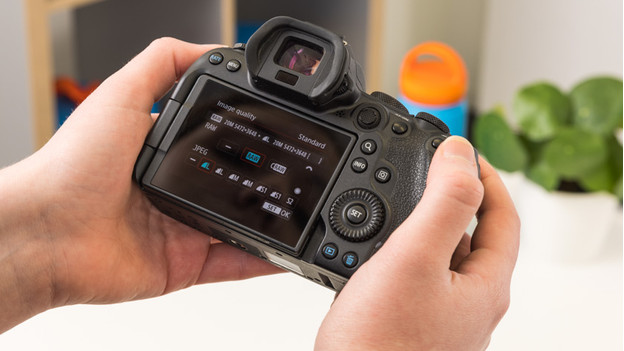
Which factors determine the image quality of a photo?
Image sensor

The size of the image sensor has a big influence over the image quality. A full-frame sensor is the largest image sensor. With the large number of pixels on the sensor, you reduce the risk of noise, so you can take better photos in low light. You can also take photos with a wider image angle. APS-C, Micro Four Thirds, an 1-inch image sensors are a lot smaller than a full-frame sensor. These cameras are lighter, but there's a higher risk of noise with a high ISO value.
Pixels

Pixels are tiny lights that have their own color and light intensity. The more pixels, the more details you can see on the screen. A camera with many megapixels doesn't have to make better photos than a camera with fewer megapixels. You can only notice the difference when you print the photos in a larger size. In addition, a larger resolution is useful when you edit in Photoshop. If you don't want to do that, you shouldn't pay too much attention to the megapixels.
Image stabilization

Optical and digital image stabilization is a technology your camera corrects motion blur due to movement with your camera with. You'll never keep your camera completely still when you take photos by hand. These small hand movements result in a blurry photo. With image stabilization, these movements are corrected and your image stays sharp. This also results in a better image quality when you take photos by hand in low light. Image stabilization is especially useful when you often use a slower shutter speed.
Photo file format

The file format is the type of file in which your camera stores your photos. Common formats are JPEG and RAW. The JPEG format is a good middle way between size and image quality. With JPEG files, the photos is reduced in size, but the quality also reduces slightly. This way, you'll have less editing options. If you don't want quality loss, store the photos in RAW. That's the bare and unedited file. These files are suitable for professional editing.


